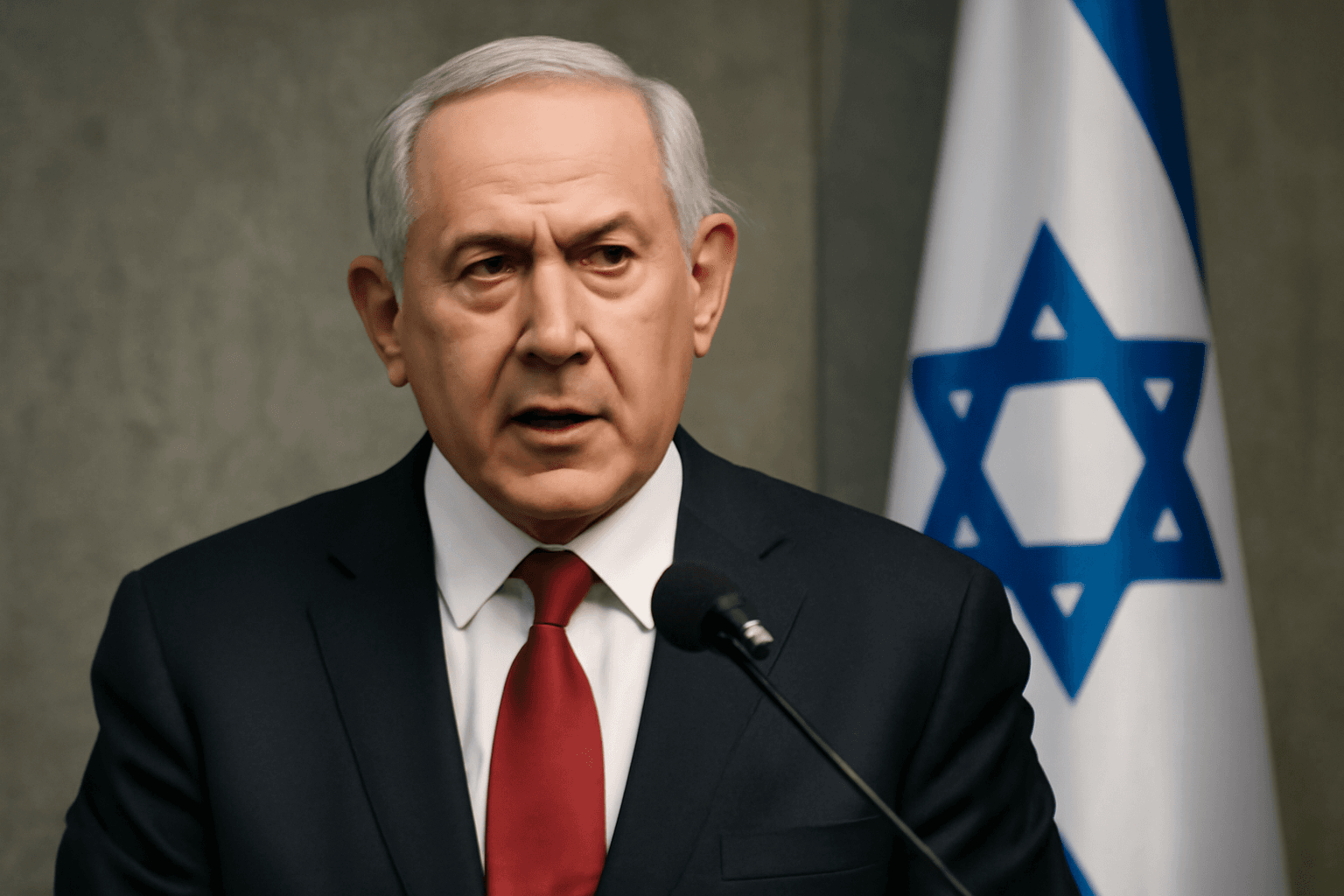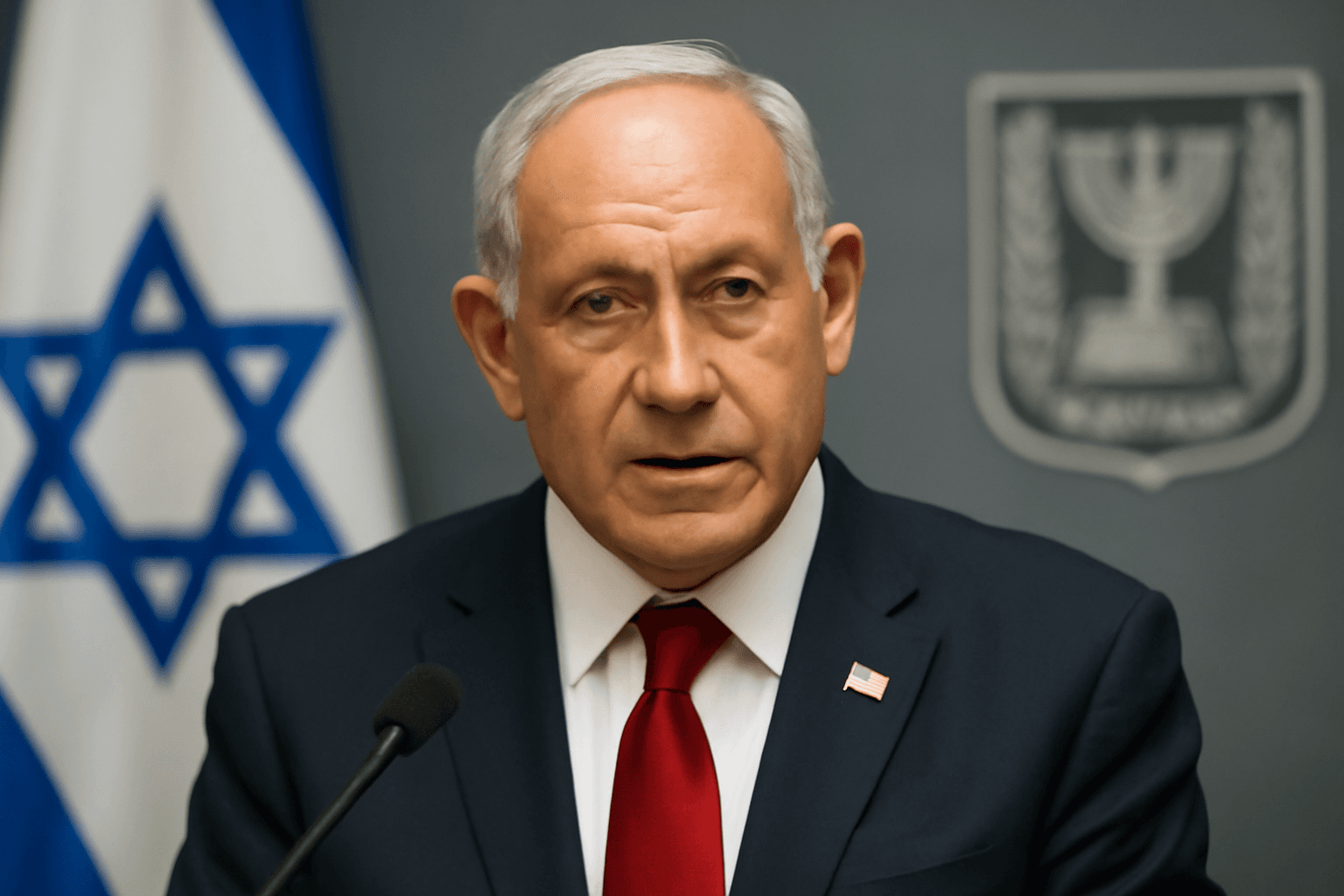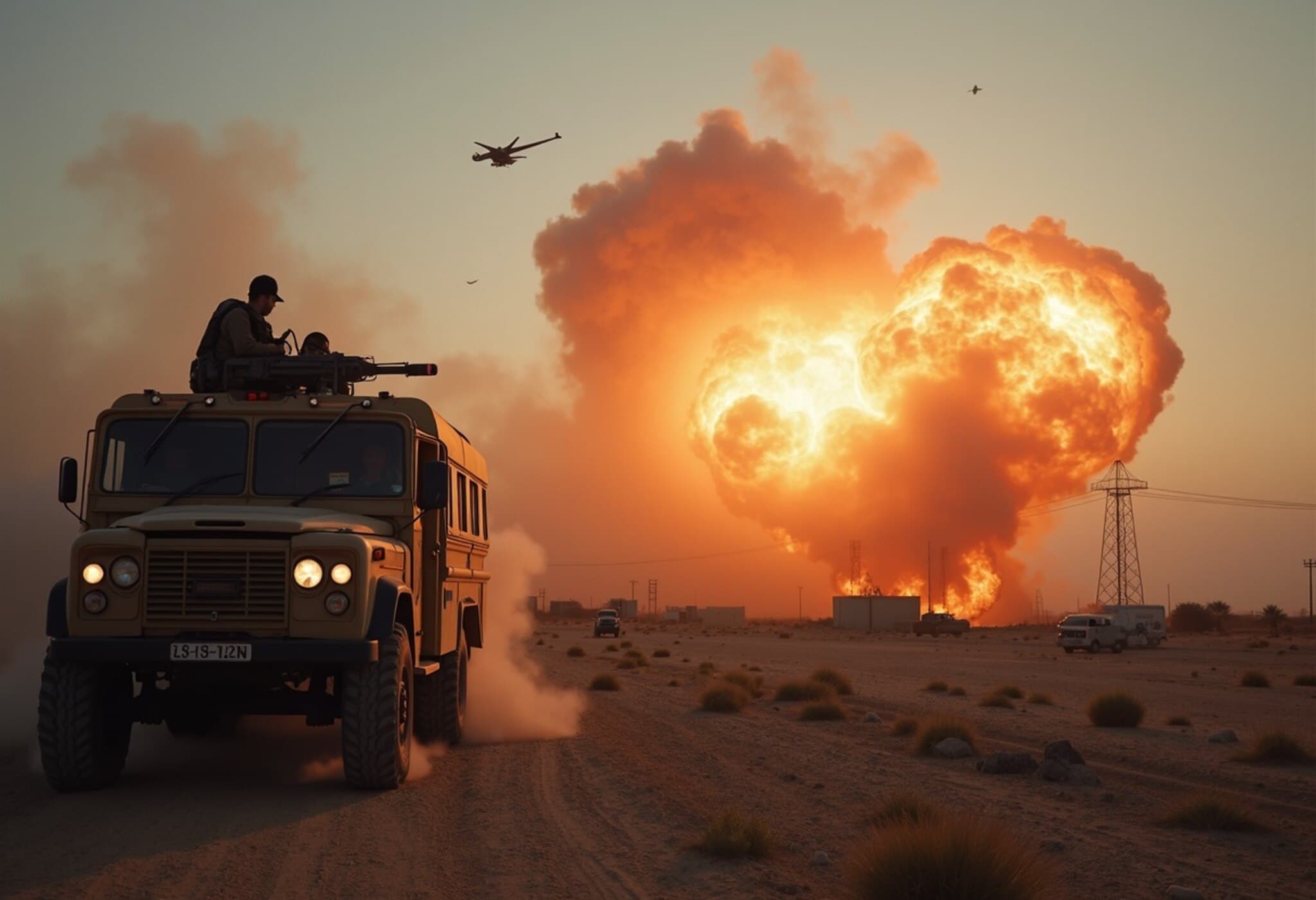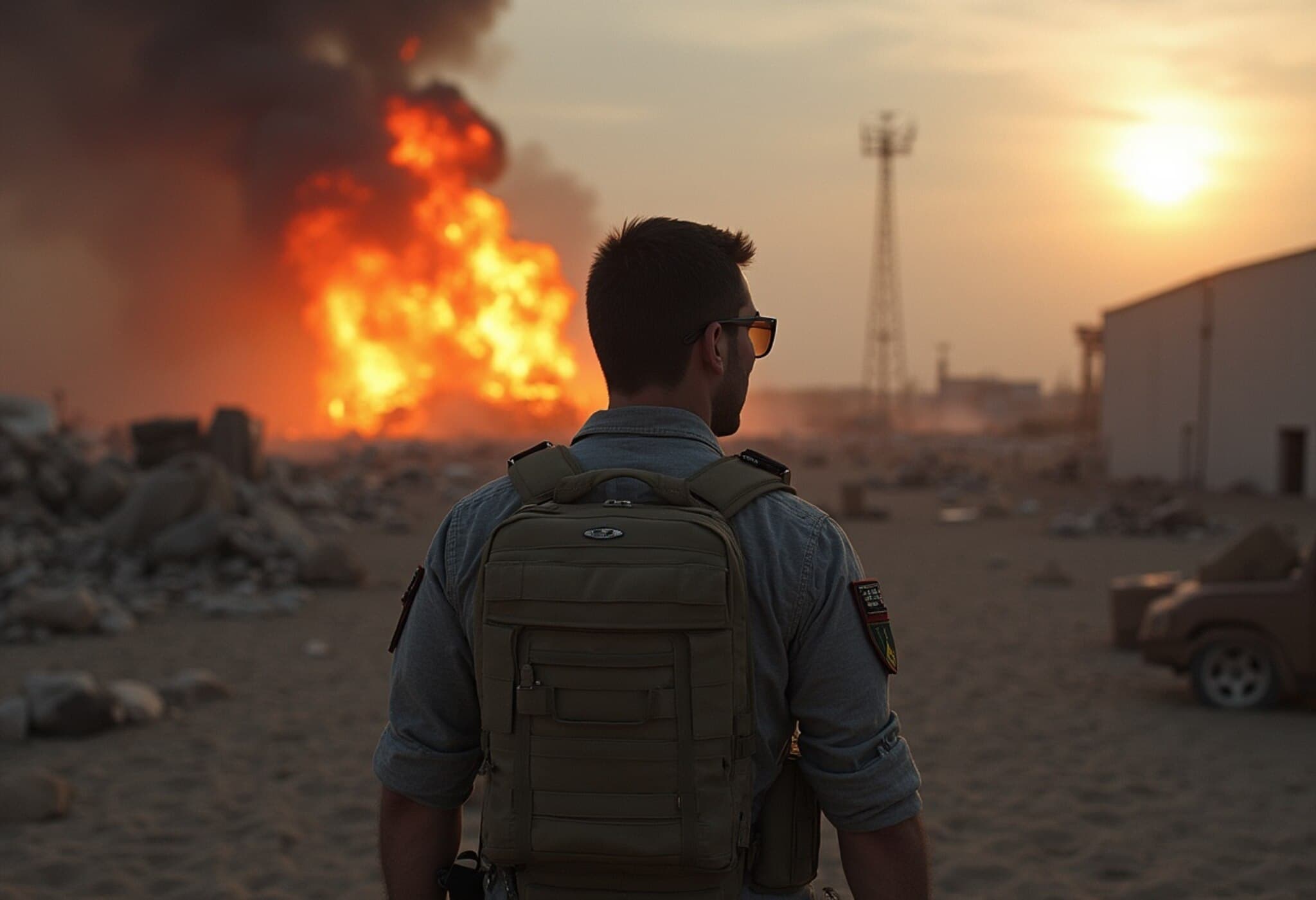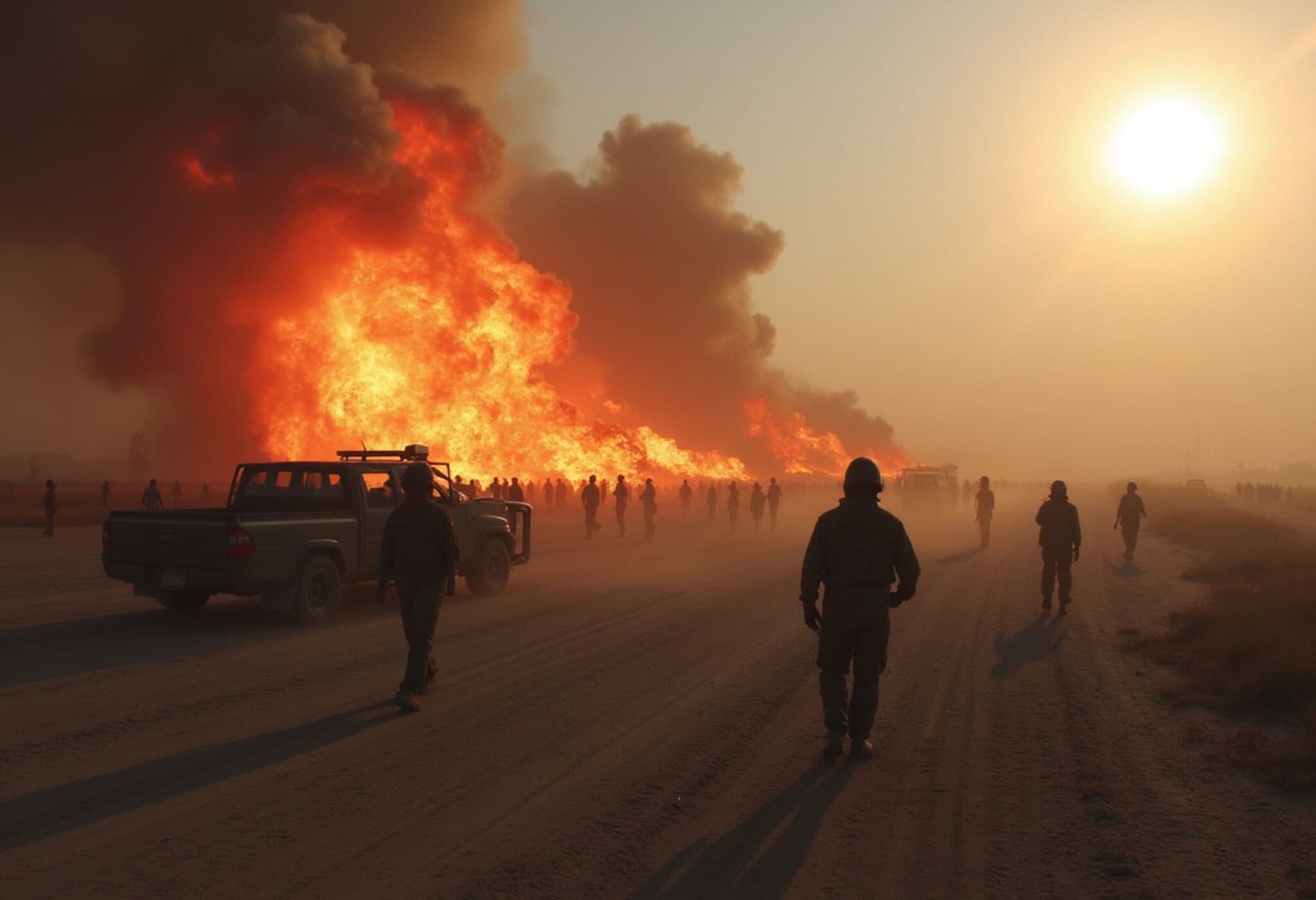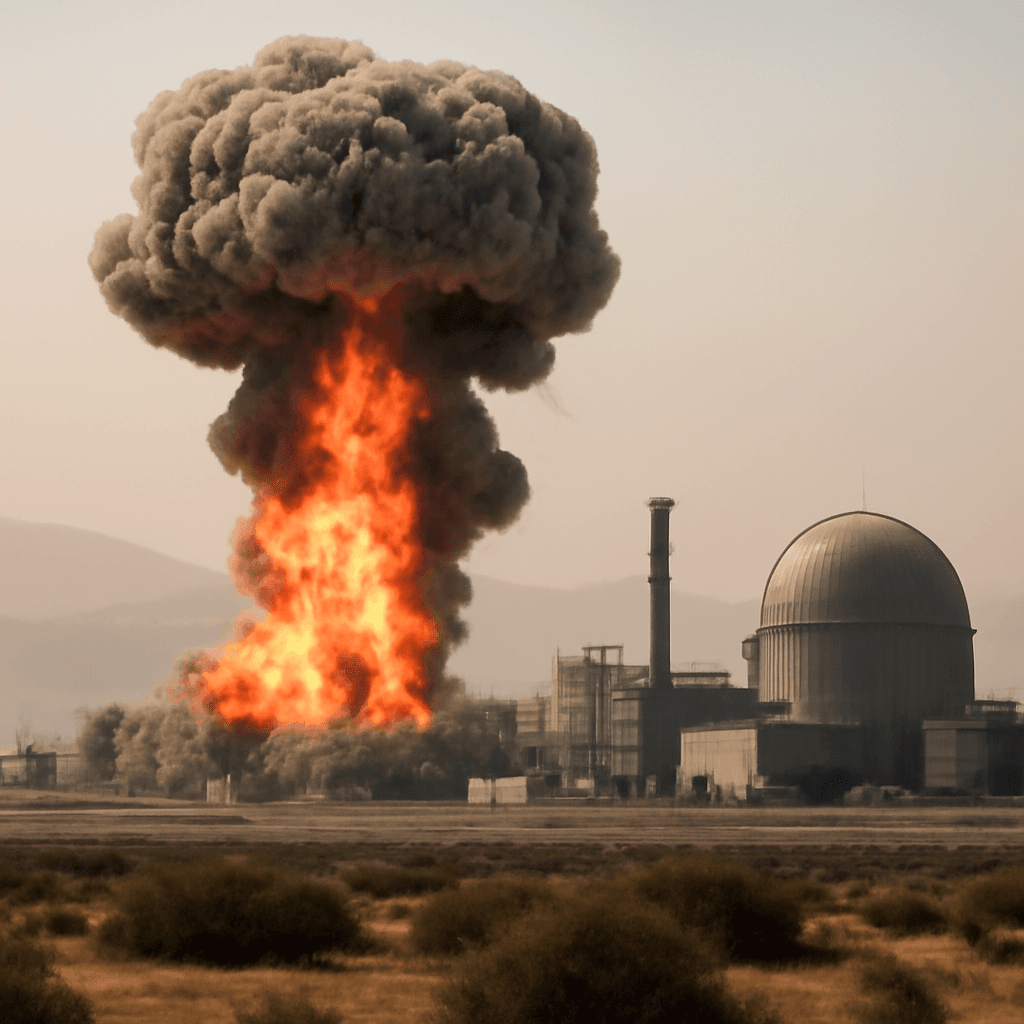Israel’s Bold Air Campaign: Operation Rising Lion Unfolded
In a daring and large-scale military operation, Israel launched Operation Rising Lion, striking deep into Iranian territory to target nuclear and military facilities. Early Friday, nearly 200 Israeli fighter jets executed precision airstrikes on more than 100 sites across Iran, including the renowned nuclear enrichment facility at Natanz and several ballistic missile installations.
The Execution and Extent of the Strikes
The assault marks one of the most significant Israeli military actions against Iran in decades. The Israeli defense forces (IDF) confirmed the elimination of multiple high-ranking Iranian military commanders, including the chief of staff of Iran’s armed forces and key Revolutionary Guard leaders, along with six nuclear scientists linked to Iran’s weapons development programs.
Following the operation, witnesses observed black smoke billowing from Natanz, one of Iran’s central uranium enrichment centers. Israeli forces also reported the destruction of radar installations and surface-to-air missile launchers across western Iran, significantly degrading Iran's air defense capabilities.
A Strategic and Covert Approach
The success of the operation owes much to a sophisticated element of deception. Israeli authorities reportedly diverted Tehran's attention by publicly misrepresenting a critical security-cabinet meeting as focused on Gaza hostage negotiations, while in reality, plans for the attack were finalized. Cabinet members signed strict confidentiality oaths, code-named Shomer Sod or ‘guardian of the secret’, underscoring the operation’s covert nature.
The military initiative blended Mossad-led sabotage with intense aerial assaults, allowing Israeli forces to strike vital strategic missile sites and air defense infrastructure hidden deep within Iranian territory.
Iran’s Swift Retaliation and Rising Tensions
The airstrikes triggered an immediate response from Tehran, with Iran launching numerous drone attacks targeting Israeli soil. Meanwhile, Supreme Leader Ayatollah Ali Khamenei issued a grave warning of severe retribution, escalating an already volatile standoff between the two nations.
In response to the strikes, Israel declared a state of emergency, bracing for potential retaliatory measures while emphasizing the necessity of its actions in the face of a perceived existential threat posed by Iran’s advancing nuclear arsenal.
Israel’s Justification and Future Outlook
Israeli Prime Minister affirmed the operation would continue “for as many days as it takes” to neutralize the Iranian threat, highlighting the urgency and gravity of the situation. Israeli defense officials underscored that Iran is closer than ever to acquiring nuclear weapons, stating that such weapons in the hands of the Iranian regime would pose a grave danger not only to Israel but to global security.
- Targets: Natanz nuclear facility, ballistic missile sites, radar systems, military commanders, and nuclear scientists
- Assets involved: Approximately 200 Israeli aircraft
- Outcomes: Destruction of underground enrichment halls; paralysis of key nuclear infrastructure
- Retaliation: Iranian drone attacks and stern warnings from Supreme Leader Khamenei
The Bigger Picture
This unprecedented military offensive underscores the escalating cycle of hostility between Israel and Iran, fueled largely by fears over Iran’s nuclear ambitions. The strikes have not only inflicted significant damage on Iran’s nuclear program but have also sent a clear message of Israel’s resolve to act decisively to protect its security.
As tensions soar, the global community watches closely, wary of the potential for further conflict that could destabilize the already fragile Middle East region.








